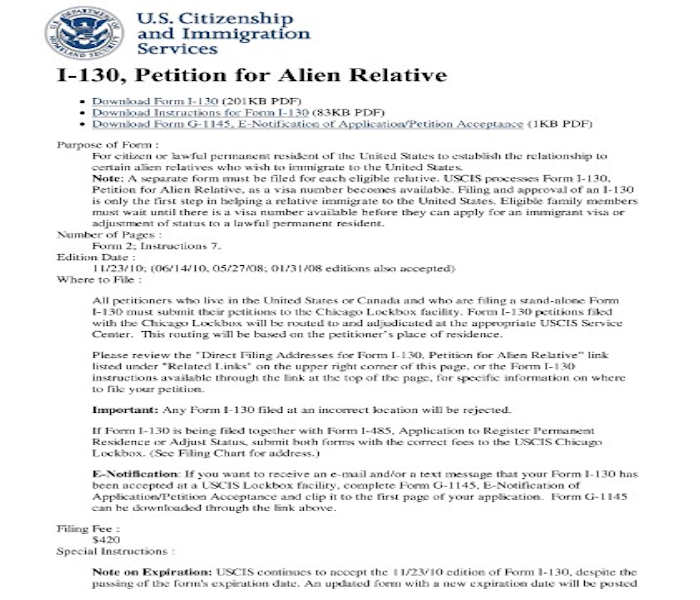Why does the gender wage space still exist? In Europe, gender quotas are old news. In 2003, Norway ended up being the very first nation on the planet to set up a gender quota for boards of directors, needing noted business to include female members to comprise a minimum of 40%of general board representation. Other nations did the same, consisting of Belgium, France and Italy.
In the United States, business are loathe to set up gender and variety requirements for subscription, even as representation numbers continue to lag.
Margarethe Wiersema, teacher of management at the University of California-Irvine, states the factor behind the hesitancy is extremely basic: Americans do not like being informed what to do.
“Europe is up until now ahead of us. It’s like we’re in the Dark Ages on this,” she states. “I believe it relates to the mindset.”
Stalled development
An expense making its method through the California legislature might make the Golden State the very first in the nation to mandate gender quotas on business boards. If Governor Jerry Brown indications it into law, publicly-traded business headquartered in California would need to put a minimum of one female on their board by the end of next year, or deal with a charge.
“Unfortunately, they do require this pressing and prodding due to the fact that obviously, it was essential,” states Paula Loop, guarantee partner and Leader at PwC’s governance insights. “You require to press and push these folks to arrive, however there’s an extremely favorable outcome once they’re there.”
In Norway, the nation judges its law to have actually been a success. With female members now comprising 40% of board seats, general variety has actually increased as the variation in board members’ pay reduced.
When it comes to the impacts on monetary efficiency and other steps of success, some specialists state more time is required to examine.
In the United States, nevertheless, the statistics are clear: while a bulk of business in the S&P 500 have at least one female on their boards, just 25% have more than 2, according to a research study from PwC.
“I believe we’re escape of action with the remainder of the world and it would be excellent if we might make more development on it,” Wiersema states. “Having spoken with a great deal of female CEOs, they simply can’t think how little traction there is. This is not appropriate in their eyes, that we’re at this level. Particularly when you take a look at other nations. It’s no longer simply Scandinavia, it’s Spain, it’s Italy. It’s nations the United States believes we’re much better than, and we’re not.”
Development still to come
Challengers fear pressure from quotas will promote unqualified female members to distinguished seats, or perhaps possibly victimize male prospects.
There is no precedent for that, according to Ariane Hegewisch, program director for work and revenues at the Institute for Women’s Policy Research.
“That absolutely has actually not taken place,” she states. “There’s no indicator that has actually occurred which it has in any method made governance even worse … [] there is research study to reveal that business without any females on their boards do not carry out also.”
Selecting simply one lady to the board isn’t sufficient to develop development, nevertheless, according to Alison M. Konrad, author of a 2006 research study “Critical Mass on Boards.” Without female representation currently in location on a board, some ladies are reluctant to be the very first, she stated.
“They didn’t wish to go through the preconception of being the sign,” Konrad states. “They wished to be contributing to the board since of their capability to contribute. From their experiences, the stigmatizing dynamic does take place. It’s difficult enough to simply be the very first female, without being the very first female who is slapped with a label that you’re there as a sign.”








